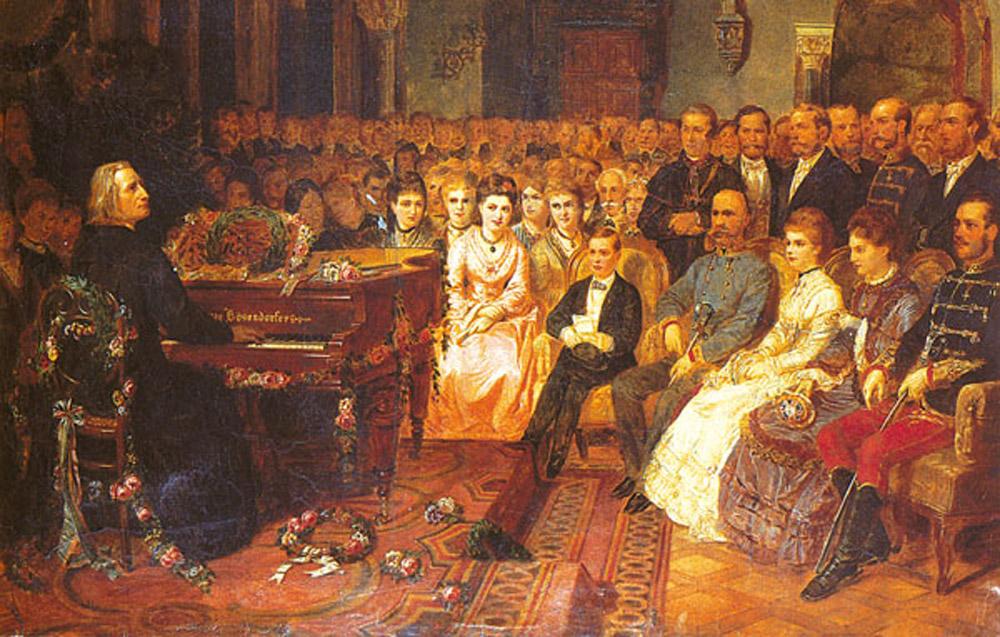Hungarian composer Franz Liszt (1811–1886) was a virtuoso pianist of the Romantic movement. The prolific composer, performer, and teacher composed 700 pieces in his lifetime. A child prodigy of a musical family, he performed for well-known musicians and royalty by the time he was 9 years old. Regular traveling and performing in his youth led Liszt to develop nervous exhaustion and to consider spiritual alternatives. Young Liszt told his father, Adam Liszt, that he wanted to become a priest.
To improve young Franz’s health, Adam took him to the sea in Boulogne, France, where Adam died of typhoid fever. The traumatic death of his father led Franz at age 15 to turn away from music for several years while he focused his inquisitive mind on the study of religion and art.





